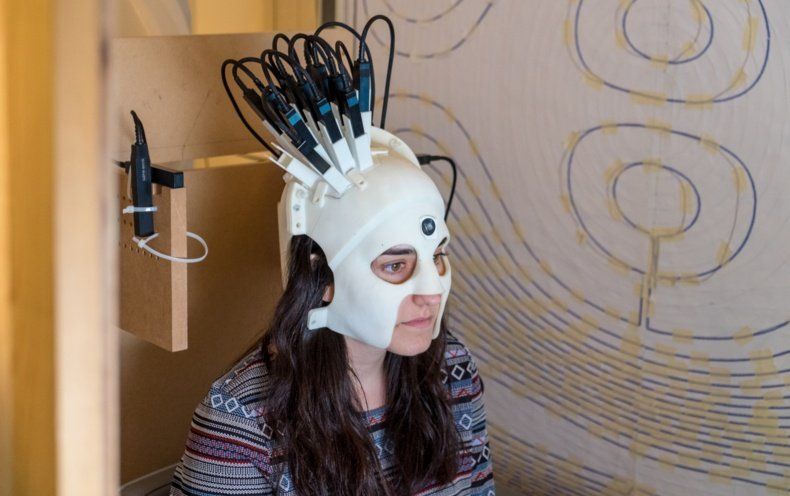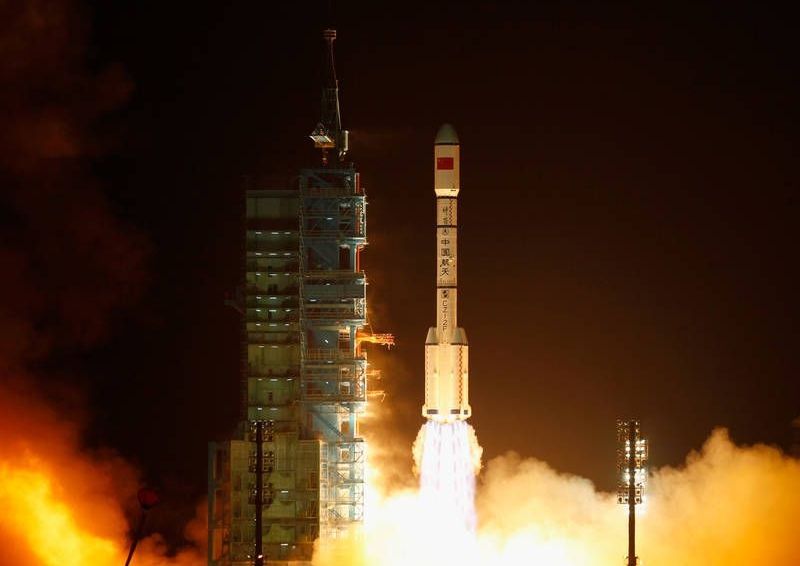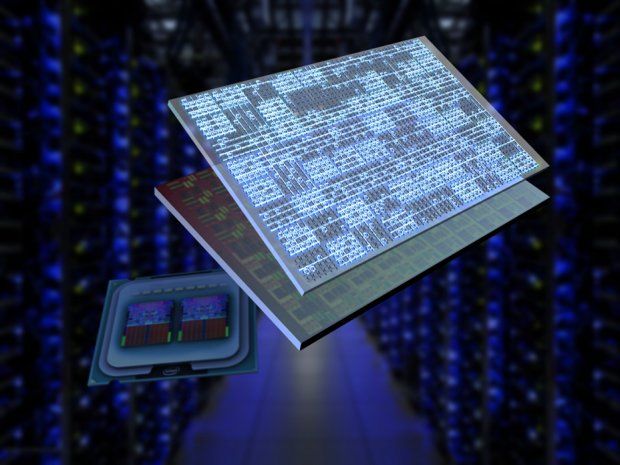Mar 22, 2018
Lana Awad is engineering the neuro-tech that will transform humanity
Posted by Carse Peel in categories: biotech/medical, business, Elon Musk, engineering, internet, military, neuroscience
Perfect vision is great. But like any advantage it comes with limitations. Those with ease don’t develop the same unique senses and strengths as someone who must overcome obstacles, people like Lana Awad, a neurotech engineer at CTRL-labs in New York, who diagnosed her own degenerative eye disease with a high school science textbook as a teen in Syria and went on to teach at Harvard University.
Though they see themselves as clear leaders, visionaries with all the obvious advantages—like Elon Musk and Mark Zuckerberg, for example—can be blind in their way, lacking the context needed to guide if they don’t recognize their counterintuitive limitations. This is problematic for humanity because we’re all relying on them to create the tools that increasingly rule every aspect of our lives. The internet is just the start.
Tools that will meld mind and machine are already a reality. Neurotech is a huge business with applications being developed for gaming, the military, medicine, social media, and much more to come. Neurotech Report projected in 2016 that the $7.6 billion market could reach $12 billion by 2020. Wired magazine called 2017, “a coming-out year for the brain machine interface (BMI).”
Continue reading “Lana Awad is engineering the neuro-tech that will transform humanity” »


















